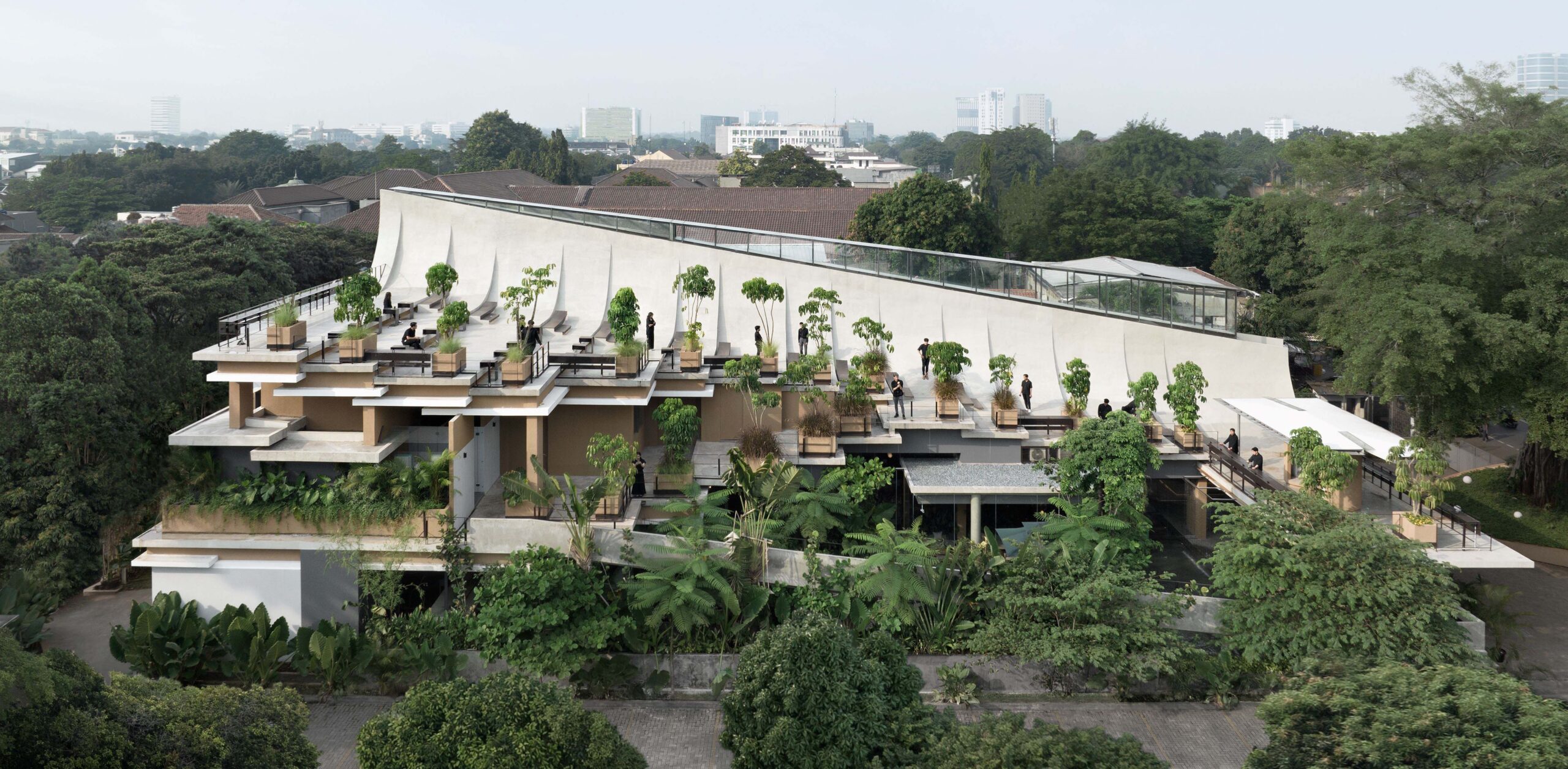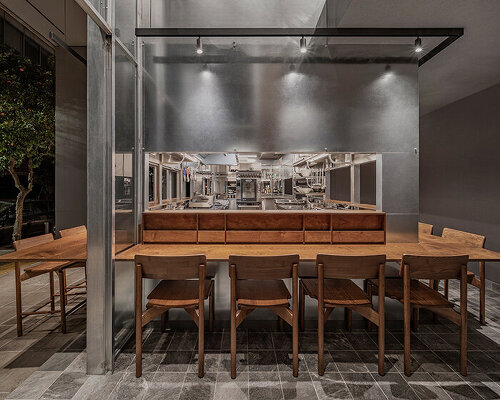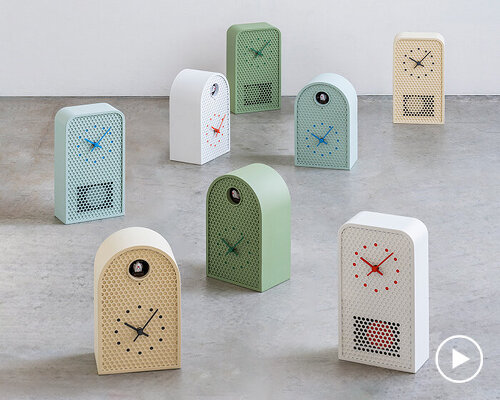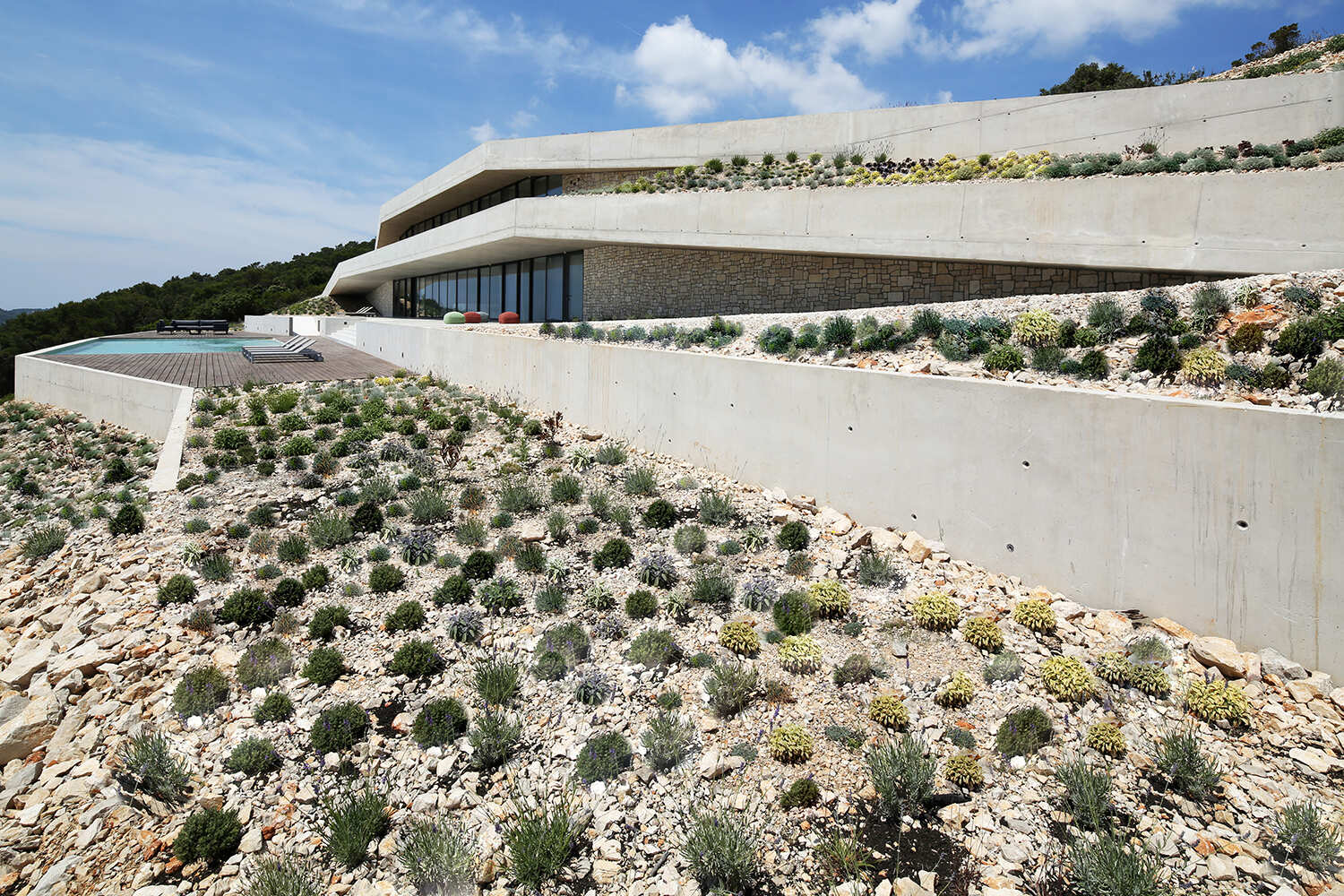What to Consider When Planning Your Villa Layout
While planning your villa layout, consider lifestyle, flow, privacy, natural light, outdoor integration, scalability, and budget to create a functional, stylish space.
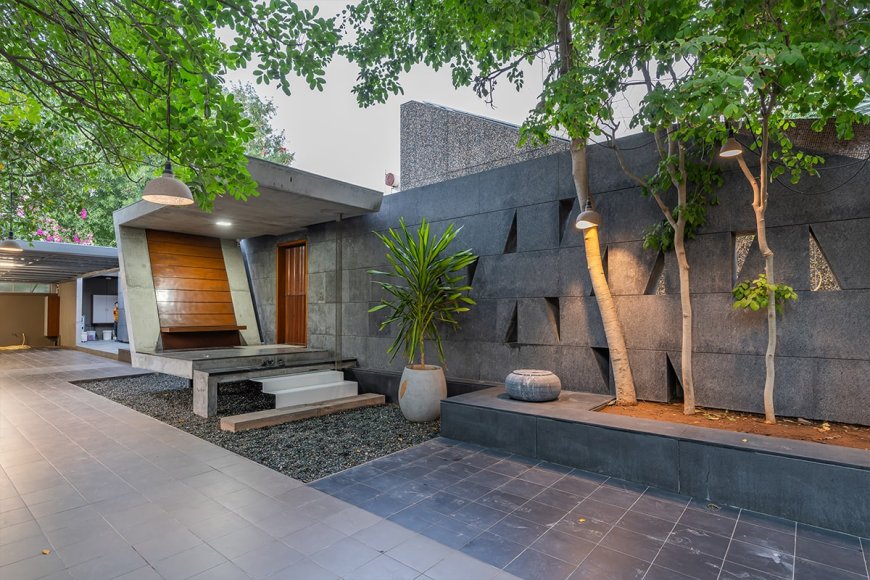
Planning the layout of your villa is an exciting yet challenging task, as it involves balancing aesthetics, functionality, and future needs. A well-thought-out villa layout not only enhances the overall living experience but also ensures that the space serves its purpose efficiently. Here are key factors to consider when planning your villa layout.
1. Lifestyle and Purpose
Your lifestyle should be the starting point when designing your villa layout. Consider who will live in the space—whether it's a family, a couple, or individuals—and how they will use the villa. Families may require separate spaces for children, guest rooms, and dedicated areas for work or study, while a couple might prefer an open-plan layout with a focus on shared living spaces.
Think about the villa’s primary functions: Do you plan to entertain guests frequently? Will you need a home office or a dedicated fitness area? Identifying your needs early will guide decisions on room sizes, zoning, and flow.
2. Flow and Connectivity
The flow between rooms and spaces significantly impacts the functionality of your villa. The transition from one space to another should feel natural, with minimal disruption. For instance, you may want to position the kitchen close to the dining area and living room for easy access, especially when entertaining.
Also, consider the layout's connectivity to outdoor areas. If your villa has a garden, pool, or terrace, ensure that common living areas such as the living room or dining room have access to these spaces, creating an indoor-outdoor living experience. Additionally, ensure hallways and corridors are not too long or isolating—this can disrupt the overall comfort and feel of the villa.
3. Natural Light and Ventilation
Maximizing natural light and ventilation is crucial in villa design. Properly placed windows and doors can brighten up the interiors, creating a more welcoming and airy atmosphere. For instance, large windows in living spaces can provide stunning views while also allowing ample daylight to flood the room.
Ventilation is equally important, especially in humid climates. Ensure that bedrooms, bathrooms, and kitchens have windows or vents to allow for cross-ventilation. Incorporating high ceilings and strategic placement of windows can also help with airflow and temperature regulation, reducing the need for artificial lighting and air conditioning.
4. Zoning for Privacy and Social Spaces
Creating distinct zones within your villa layout is essential for both privacy and social interaction. Public areas such as the living room, dining area, and kitchen should be centrally located to encourage communication and togetherness. On the other hand, private spaces such as bedrooms and bathrooms should be separated from the main living areas for relaxation and solitude.
For added privacy, consider placing bedrooms at opposite ends of the villa, particularly if there are multiple floors. If your villa has a guest suite, place it in a corner of the house or on a separate floor, ensuring guests enjoy their privacy.
5. Outdoor Integration
A villa is often built with the intention of enjoying outdoor spaces, so the connection between indoor and outdoor areas is key. Think about integrating patios, terraces, or balconies into the design. For larger plots, you might consider incorporating features like a swimming pool, garden, or outdoor lounge areas.
Position outdoor spaces in relation to the sun’s path. For example, north-facing outdoor spaces in hotter climates can stay cooler, while south-facing ones will enjoy more sunlight. Also, keep privacy in mind—ensure outdoor spaces are shielded from the prying eyes of neighbours.
6. Scalability and Flexibility
The layout of your villa should be flexible enough to accommodate future changes, whether it’s the addition of new family members or a lifestyle change. Consider incorporating rooms that can serve multiple functions. For example, a room near the entryway can function as a home office or guest room, and later be converted into a nursery or playroom.
Future-proofing the layout is important, especially if you plan to stay in the villa long term. This could mean ensuring there is enough space for additional rooms, such as an extra bedroom or a second living area. Plan for flexibility in your villa layout to make it adaptable to your changing needs.
7. Storage Solutions
Ample storage is a must-have for any villa. Think about incorporating built-in cabinetry, closets, or even a walk-in pantry in the kitchen. If you have a large family, ensure each room has enough storage for personal items, and consider adding additional storage spaces such as an attic or basement for seasonal items or outdoor equipment.
Storage areas should be easy to access and not interfere with the overall flow of the villa. For instance, a mudroom or a utility room near the entrance can be a practical solution for shoes, coats, and cleaning supplies.
8. Smart Technology and Sustainability
With increasing interest in smart homes and energy efficiency, your villa layout should be designed to accommodate modern technology. This could include smart thermostats, lighting, security systems, or even automated window coverings. If you plan to integrate solar panels or rainwater harvesting, design the roof and external areas to accommodate these systems.
Incorporating sustainability into your villa layout is also an important consideration. This could involve using energy-efficient materials, installing double-glazed windows, or optimizing insulation to reduce energy consumption.
9. Budget and Resources
Last but not least, your budget plays a key role in shaping your villa layout. High-end finishes, custom designs, and large-scale layouts can significantly increase the cost of construction. It’s essential to prioritize the most important elements and be prepared to make compromises on less critical features.
Be realistic about the materials and finishes that are within your budget, and work with your architect or designer to find cost-effective solutions without compromising quality. Additionally, consider the long-term maintenance costs of materials and systems, which will impact your overall budget over time.
Conclusion
The layout of your villa should be a reflection of your personal taste and functional needs. By considering factors such as lifestyle, flow, natural light, privacy, and scalability, you can create a space that is both comfortable and efficient. To achieve this, collaborating with the best villa architecture in Ahmedabad can help bring your vision to life, ensuring that the design is both aesthetic and practical. Don’t forget to take into account future needs and technological advancements to ensure your villa remains adaptable for years to come. With careful planning and expert guidance, you can create a harmonious, stylish, and practical living space that you and your family will enjoy for many years.



















